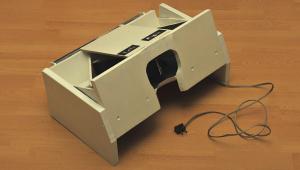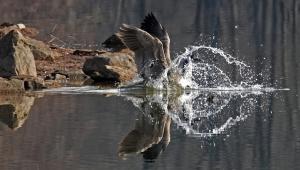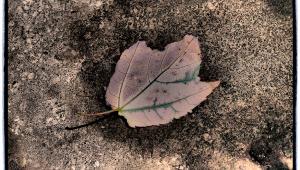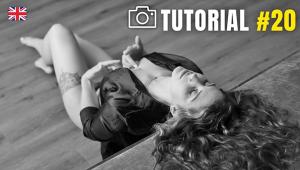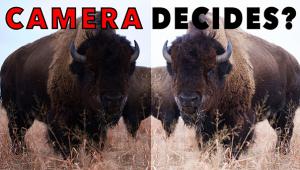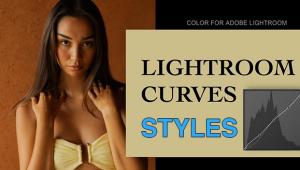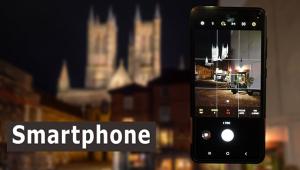There are still a lot of things to learn with these things especially in photography. - Larry Starr Sarasota
Tech Talk; Fill Flash Outdoors; Creative Lighting Techniques
Many photographers will walk out the door for a portrait shoot with little more than a camera and a reflector. They do so based on the common belief that flash photography is meant exclusively for indoor shooting, that flash is only used when there isn’t enough light to achieve a perfect exposure. However, based on my experience, a flash combined with a few affordable accessories has tremendous benefits when shooting portraits outdoors.
Using flash to create “fill light” can do wonders for a portrait. It gives the subject a nice catchlight in the eyes (that’s the trademark twinkle in the eye), and it also gives a more pleasing flesh tone, eliminating unflattering shadows and increasing color saturation for brightly colored clothes.
On-camera flash is excellent for this type of fill flash lighting. To create fill flash, dial back the flash’s exposure compensation setting, commonly known as EV, by one or two steps to cast a slightly underexposed light at the subject. In some delicate situations, such as shooting a subject wearing glasses, the dialed-back flash might still be too harsh. In these situations diffusion of the light source can provide the proper balance. Several manufacturers offer these types of affordable solutions, though I rely on my own invention, the Lightsphere Collapsible, as it is versatile for many situations and fits easily into an already full camera bag.
“Off-Camera” Flash
While a soft and natural light is often my first “look” on an outdoor portrait shoot, I often try to get a little more creative with my lighting. With advances in technology, speedlights can now be used outdoors as a key lighting source for very dramatic effects. Most newer camera models have high-speed flash synchronization, which enables users to shoot exposures up to 1⁄8000 sec, whereas older cameras may be limited to 1⁄250 sec (or slower). However, even with an exposure of 1⁄250 sec, flash combined with new light modifiers can easily overpower bright, midday sun.
To create some visually interesting lighting setups and provide perspective on your subjects, the first step is to take the flash unit off of the camera. The easiest way to set up an off-camera lighting system is to place a speedlight on a light stand with a rotating swivel head (#1), which allows you to play with the lighting angle more freely.
 |
||
|
||
While I always preplan the lighting setups that I’m going to use, improvisation remains the hallmark of a great shoot. Sometimes, rather than constrain myself to the light stand, I’ve found that I’m able to hand hold the flash with a slightly wide-angle zoom. This handheld technique can be helpful because one of the keys to using a speedlight for outdoor lighting is to have the light source very close to the subject: ask them to position themselves in the beam of light as if the flash is a shower head (#2).
 |
||
|
||
Power Of The Snoot
Achieving the desired flash power outdoors can also be a bit tricky. If photographers find that their speedlight alone is not casting enough light, an affordable snoot can be added to focus the light beams. (Image #3 shows the Gary Fong PowerSnoot.) This image (#3) was taken on a Canon EOS 7D with a 16-35mm lens, ISO 100, 1⁄250 sec at f/11, shot with the flash on the Manual setting at 1⁄2 power.
 |
||
|
||
- Log in or register to post comments












